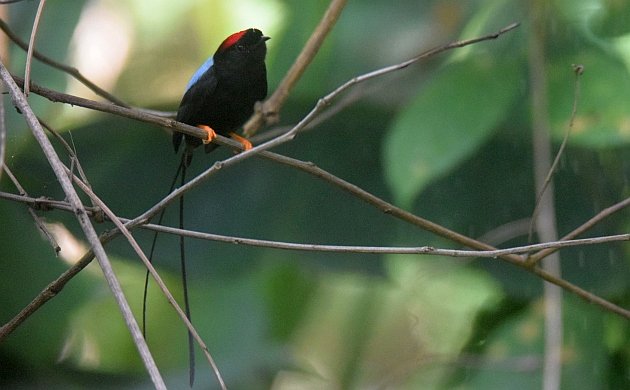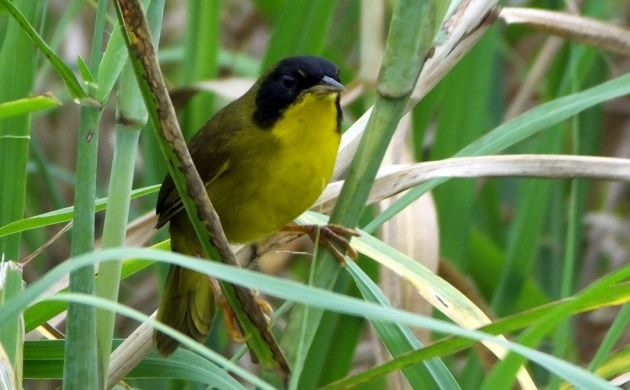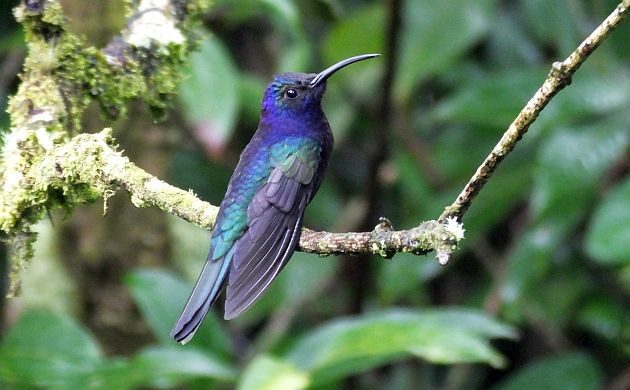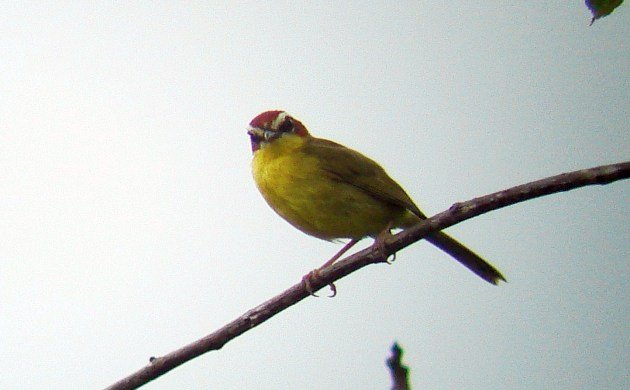
In the world of birding, we have our stars, the birds that lift our spirits and provoke oohs, aahs, and admiration. These are the birds that make us race to the nearest park, scan refuge headquarter trees with anxious eyes, and turn some of us into temporary paparazzi. The stars of the bird world take many forms and fame is often related to location but some species, some cool groups of birds are accorded priority no matter when or where they are seen.
One such star avian family is the Setophagidae, the birds known as wood-warblers.

In May of the north, these handsomely patterned little birds migrate into town and entertain us with song and fresh, vibrant colors. After bedazzling birders for a few weeks, most aren’t seen again until they tour their way back south. In doing so, they stealth their way back through local parks and reserves and backyard trees to challenge us with infamous fall plumages.
Small, cute faced birds that can take the form of more than two dozen varieties; what’s not to like about wood-warblers? In Costa Rica, we don’t get the lovely assortment that entertains birders at Biggest Week and they sing their songs elsewhere but we still get enough of these cool little birds to create a sizeable wood-warbler fan base among the local birding community. We have one or two show-stoppers that are common wintering species, and a few move through in fair numbers to sites further south. From Yellows to Blackburnians and Wilson’s, they are special but as with birders elsewhere, the lost birds are the ones we wouldn’t mind seeing maybe just a little bit more than the others.
In Costa Rica, those would be the wood-warblers that do a lot more wintering in the southern USA and the Caribbean than in southern Central America. Those would be birds like Nashville, Black-throated Blue, Prairie, and Cape-May Warblers. All are on the official list but these and some other common wood-warblers are rare for Costa Rica, birds that only make it here when they get lost or uncommonly adventurous.
It was these needle in a haystack birds my partner and I were hoping to stumble upon during a visit to Parque Rio Loro this past Sunday. October is high time for fall migration in Costa Rica and the green oasis-like aspect of this small park would seem an ideal place to find a wayward warbler. It didn’t open until eight but the visit was still a good one.
Established to protect a watershed and used for environmental education in the eastern Central Valley, Rio Loro has a few nice trails, picnic tables, and even has a small canopy tower (!). One of various little visited and off the beaten track birding sites in Costa Rica included in the recently published second edition of a book I wrote, “How to See, Find, and Identify Birds in Costa Rica”, this lovely place also has a butterfly enclosure, a turtle exibit, and several snakes on display (yes!). We checked out these cool exhibits but not before carrying out our lost warbler search. This endeavor involved careful walking of trails while making pishing noises, occasionally whistling like a pygmy-owl, and watching for any bit of movement. In other words, it was the usual birding shenanigans. These were some of the highlights from our morning of looking into trees and tropical undergrowth.
Violet Sabrewing

No, not a warbler but big enough to be one and a star in its own right. This large and in charge stunning purple bird was the most common hummingbird at the site. Yes, you read that right. We got tired of looking at them.
Chestnut-capped Warbler

This cheerful little bird is very common in second growth and coffee farms of the Central Valley. We enjoyed hearing their distinctive chip notes and watching their colorful antics.
13 Warbler Stars from the North
Warblers were indeed present, a number of them and this small park showed how very important any bit of habitat is for both migrants and resident species. In keeping with October colors, our first warbler of the day was a beautiful male American Redstart. It sallied over a small water catchment area, flashing bright orange on velvet black.
It was quickly followed by wintering, pearly colored Chestnut-sided Warblers, tiny Tennessees, and one smart Black-capped Wilson’s after another.
As we unsuccessfully yearned for a cuckoo to fly into view, a few Northern Waterthrushes pumped their tails, Ovenbirds chipped while walking on branches, and Black-and-whites creeped through the vines. Eventually, at least one Blackburnian made an appearance (at some sites, they are a lot more common), and we had excellent looks at a Worm-eating Warbler. Despite being a bird that lacks bright colors commonly found in other members of this famed family, the “Wormer” is one of my favorites. I guess I love seeing them because it doesn’t quite make it up to Niagara and so, for my incipient birding life, it was a species just out of reach. In fact, the first one I ever saw was a wintering bird in Mexico. They also winter in Costa Rica and I see a few every year but not that many. It was and always is a treat to get good views of this professional dead leaf searcher.
Further inspection turned up at least three Golden-wingeds (yes, one of our regular show-stoppers), a couple of Yellows, a Mourning (another cool, common wintering bird in Costa Rica), and a few big Bay-breasted Warblers.
By the end of the morning, we did not manage to find any Yellow-throated, Cape May or other lost wood-warblers but we still had a beautiful morning of an attempt. The birding was rounded out by the noisy calls of Brown Jays, high pitched notes of brushfinches, and looks at a male Long-tailed Manakin (like the one pictured above). The stars of the show, though, were 14 species of wood-warblers, birds that weren’t lost but ones we were still very happy to have found. See our eBird list here.













Lovely post. Thank you for updating us on birdlife in October in Costa Rica. I miss our wood warblers but glad to know they are living it up in the tropics.
@Karen- Thanks, glad you liked it. They are doing well here, I’m always happy to see them.
Glad im bumped to ur site… ill be visiting san jose next week for 3 days only… and only for birding
now im gooling on how to get into this park..is uber easy and cheap to go here and back to san jose?
@Rangga- it’s not too bad from San Jose but in the morning, you will probably have to deal with some rush hour traffic. Also, check the link to their site for entrance times and fees.